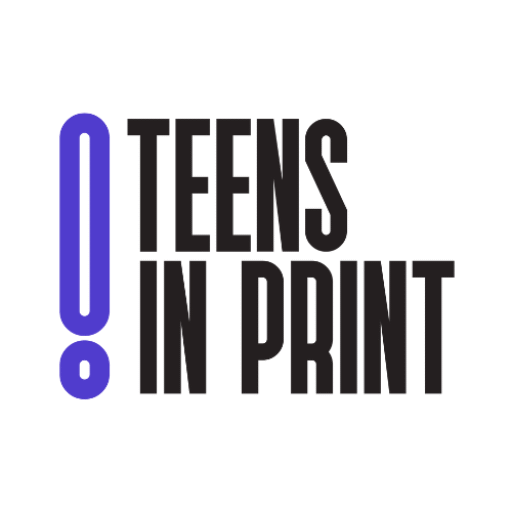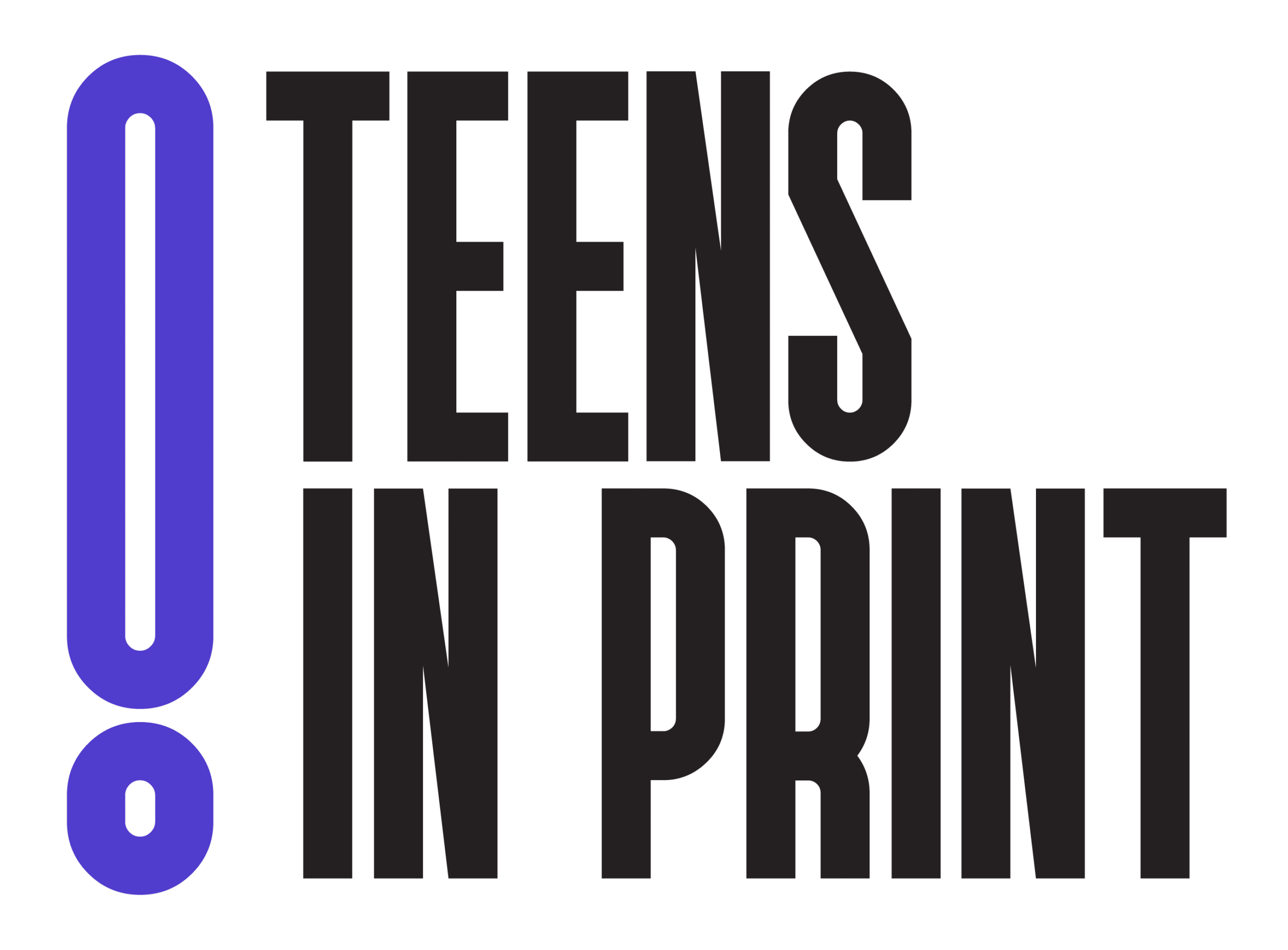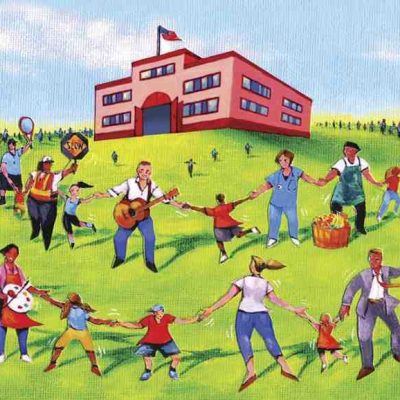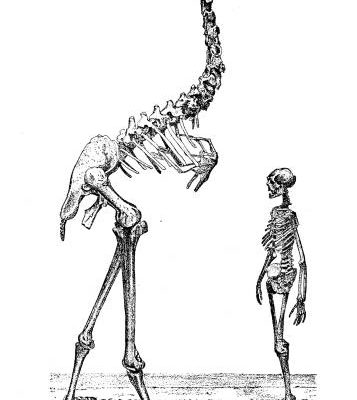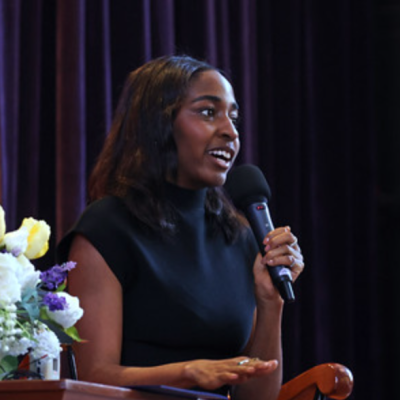Let the Sidekick Become The Superhero: Science and Art
A sidekick is always stuck in the superhero’s shadow. They have their dreams, but never reach them. They save lives daily, but barely receive the same recognition as heroes. Their only role is to be a tool to push the hero’s character forward, while their character is often lost and forgotten. The same can be said about how the arts are frequently overlooked as secondary to science. People rarely see the arts and sciences on an equal footing, as many believe science holds a more fundamental standing in its contribution to our civilization. Even writing this, I feel it ironic enough to say that I will not pursue art in college but rather mechanical engineering. Yet, it is in mechanical engineering that I bring out my artistic skills from drawing layouts to using creative thinking for problem-solving. With all these artistic aspects of engineering, I realize something that many fail to see: that the effects of art surround us regularly. People don’t recognize how much art affects us, so the wrong message is constantly being sent out: that science is superior. Art is not the sidekick to science’s superhero, and science isn’t the only main character either. In the grand scheme, I argue that they are both superheroes in the story of life.
One main root of this assumption is the education system’s negligence in teaching the intersectionality between the arts and science. We remember that Neil Armstrong was the first man on the moon, but did you know he was a part of a jazz band called the Mississippi Moonshiners? We remember Leonardo da Vinci’s Mona Lisa, but did you know he designed canal structures and flying machines? These things are left unsaid and lead to children having a one-sided view of historical figures. Ipsos also stresses that 80% of Americans agree that arts education is not as valued as it becomes less accessible due to budget and education cuts. This pushes the agenda that arts and science are an exclusive club. Someone must choose between them when they’re available to everyone.
Science can’t be done without the creativity of art, and art can’t thrive without the critical thinking of science. Choosing one over the other doesn’t inherently make someone incapable of the other. Yet pushing this mindset on young children limits their perspective and teaches them that there’s only one path to follow. They must either be in the arts or science or be the sidekick or the superhero. However, the education system isn’t the only one to blame, as those who create and govern our educational system are our government and legislature.
Now it might be a stretch (or the truth) to say that fascism is not long behind us, especially when we look at our current society. To set the record straight, according to Merriam-Webster, fascism is a populist political philosophy that exalts the nation above the individual, headed by a dictatorial leader. They control everything from free speech to the economy to social norms. Imagine 1984 by George Orwell for a fascist government. Only then can you realize the severity, as it robs people of individuality and access to free knowledge.
Although burning something is meant to be a pure cleansing and transformation, burning our literature is the opposite. It signifies the slow downfall of humanity. There’s been a significant increase in the censorship of literature as the American Library Association records that 2,452 unique titles were challenged last year alone, the 3rd highest number ever documented by ALA, and exceeds the annual average of 273 unique titles from 2001 to 2020. This is an example of the rise of anti-intellectualism, which happened in 1950s America and is also, in my opinion, happening right now.
Self-individualism is what makes us all part of the human race. The point of a fascist government is to remove any character or individuality of a person. All this is to create a mindless individual who works for the government. Eagle Hill further reports that 65% of government employees feel burnt out at work, compared to 44% of workers in the private sector. Taking away someone’s specialness makes them better workers for someone else, which is the making of robots and clones. This can be done in many ways, but it usually starts with burning literature.
Anti-intellectualism is the distrust of any intellectual thought or intellectuals, as this can be seen through the burning of literature, which is, according to JackCentral, the censorship of materials challenging the beliefs of the ruling class. It all helps to keep a fascist government in charge. All this knowledge is a blend of the arts and science, and it’s being ignored. With all the manipulation of social media algorithms and book bans, it’s becoming apparent that art isn’t the only thing being forgotten, but science is also. Even if people have varying opinions of each field, it’s essential to see that both are notable and crucial to the development of people. Whether you want to believe that countries around the world are heading towards fascism is up to you, but I do hope you open your eyes to realize there is a threat around us against both the arts and science.
In all seriousness, no battle must be won between the sciences and the arts. Some may say that the arts are more appreciated than the sciences, while others would say the opposite, but it’s all pointless arguing. They’re both on equal playing fields with different contributions to society. There is no race to beat each other or any exclusive club you need to sell your soul to. Both are available and encouraged for everyone. When people realize the intersectionality, they can truly embrace the opportunities around them. Remembering that the sidekick is no less critical than the superhero, as they are the superhero in someone else’s book, similar to how Robin became his own hero. Both are partners when it comes to the benefits of life. All I ask is to keep an open mind about the world around you and value every invention and discovery humans find, as we’re all one of a kind.

